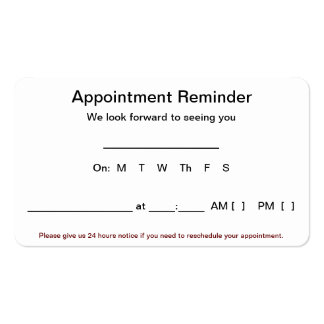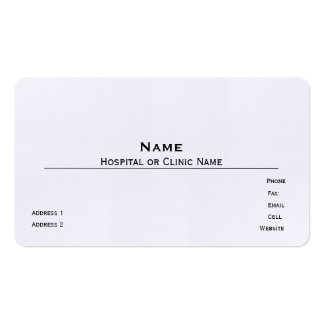Tips for Managing Common Symptoms and Problems in Dementia Patients
As a caregiver for a loved one with Alzheimer’s or dementia, it can be extremely worrying to experience behavior problems such as wandering, aggressiveness, hallucinations, or sleeping and eating difficulties. Many behavior problems are made worse by a poor environment and an inability to deal with stress. By learning how to make changes in the caring atmosphere, you can increase the quality of life for both the patient and yourself.
Identify the causes of Alzheimer's or dementia behavior problems
One of the major challenges of caring for a loved one with Alzheimer’s or dementia can be coping with the troubling behavior and personality changes that often occur. It’s important to remember that the person with dementia is not being deliberately difficult. Your loved one’s sense of reality may be different to yours, but it’s still very real to him or her. As a caregiver, you can’t change the person with dementia, but you can employ strategies to modify or better accommodate any problem behaviors. Both the environment you create at home and the way you communicate with your loved one can make a huge difference.
The patient’s behavior can often be a reaction to stress or a frustrated attempt to communicate. If you can establish why the patient is stressed or what is triggering any discomfort, you should be able to resolve the problem behavior with greater ease. Remember, the patient responds to your facial expression, tone of voice, and body language far more than the words you choose. Use eye contact, a smile, or reassuring touch to help convey your message and show your compassion. Try not to take problem behaviors personally and do your best to maintain your sense of humor.
While these caregiver tips are directed at those caring for Alzheimer's patients, the same behavior problems are also common in other types of dementia.
Some ways to help identify the causes of problem behavior:
- Try to put yourself in the person's situation. Look at your loved one's body language and imagine what he or she might be feeling and what they might be feeling or trying to express.
- Ask yourself what happened just before the problem behavior started? Did something trigger the behavior? Try a different approach to see if that changes the reaction.
- Are the patient’s needs being met? Is the patient hungry, thirsty, or in pain?
- Does changing the environment or the atmosphere help to comfort the person?
- How did you react to the problem behavior? Did your reaction help to soothe the patient or did it make the behavior worse?
20% Off! + 50% Off Express Shipping!








No comments:
Post a Comment